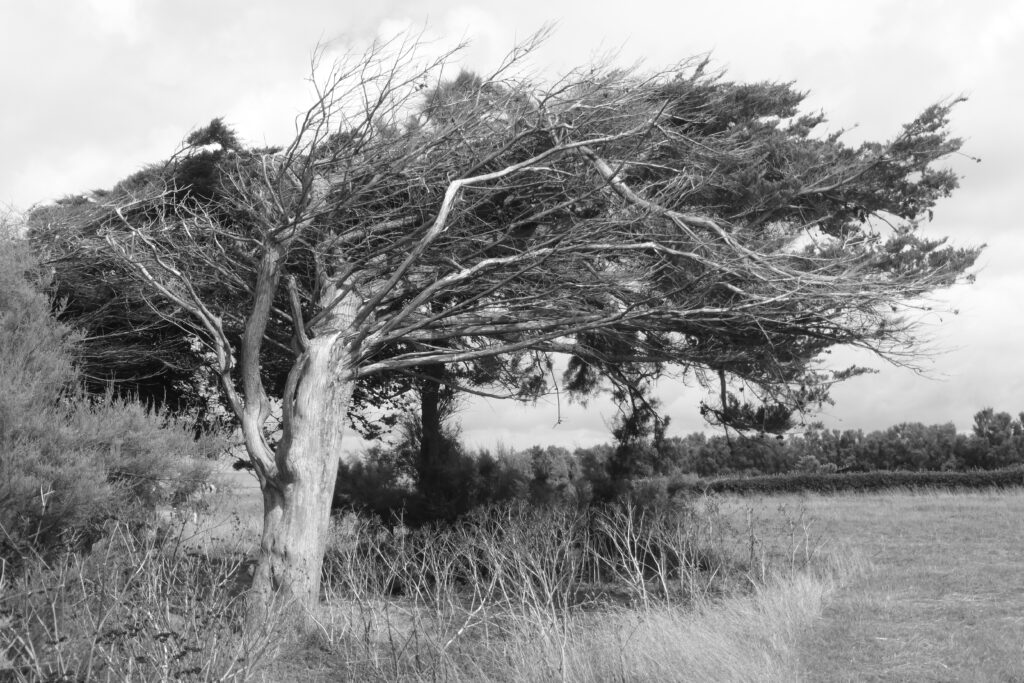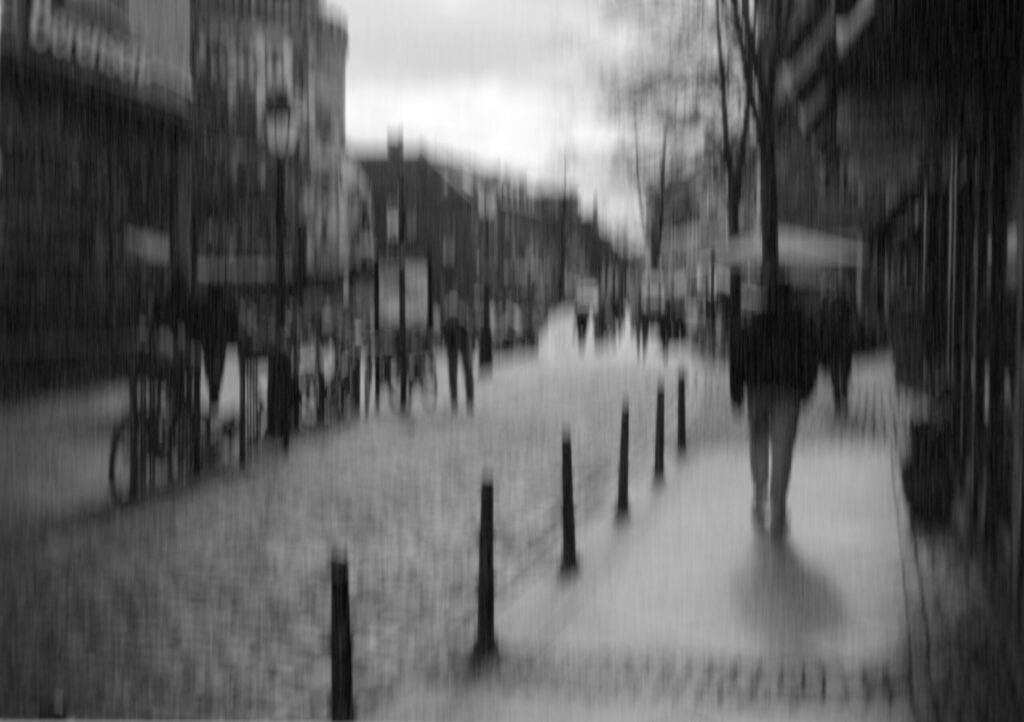
Page Contents
What have we learned?
Having a clear concept for your photography allows you to set specific goals and intentions behind each shoot. This planning phase is crucial because it helps you define what you want to achieve with your images.
For instance, are you aiming to capture a particular emotion, tell a story, or highlight a specific theme? By establishing these objectives beforehand, you can make informed decisions about composition, lighting, and subject matter during the shoot.
This focused approach not only enhances the quality of your work but also ensures that each photograph serves a purpose and contributes to your overall vision.
How to capture better photos
A well-defined concept provides an opportunity for personal expression in your photography. It allows you to explore themes or subjects that resonate with you on a deeper level. Engaging with topics that matter to you can lead to more passionate and authentic images, ultimately enriching both your creative journey and the viewer’s experience.
What drives me to take photographs?

In my photography, I aim to showcase two perspectives of the present moment: on one hand, I want to capture the enjoyment that arises from the efforts I have made in the past, and on the other hand, I seek to emphasize my actions in the present that shape my future according to my vision. This dual perspective not only highlights the interconnectedness of time but also invites viewers to reflect on their own experiences and choices.
Enjoying the moment as a result of past efforts

In this aspect of my work, I strive to illustrate how the fruits of my labor manifest in my current experiences. My photographs depict moments of joy, relaxation, or fulfillment that are directly linked to previous hard work, sacrifices, or dedication.
I might choose to capture scenes of people enjoying the success of their efforts. By focusing on these moments, I create an emotional connection with my audience. I want them to relate to the idea that their own current happiness is often built upon the foundation laid by their past efforts. This perspective encourages appreciation for both the journey and the destination.
Acting in the present to shape the future
The other part of my concept emphasizes taking action in the present to influence future outcomes. This perspective is about empowerment and agency—highlighting that while I may enjoy what I have achieved so far, it is equally important for me to be proactive about my aspirations.
In this segment, I could capture individuals engaged in activities that signify growth and ambition—such as studying for an exam, working on a creative project, or carrying out a project. These images convey a sense of purpose and determination.

Each photograph tells a story about aspirations and dreams. By showcasing people actively working towards their goals, I hope to inspire viewers to reflect on their own lives and consider what steps they can take today to create their desired future.
Bridging Past and Present

By juxtaposing these two perspectives within my photographs, I create a narrative arc that connects past experiences with present actions. This interplay encourages viewers to recognize that life is a continuum where every moment is influenced by what has come before and what will follow.
I might incorporate visual symbols that represent time to reinforce this theme. Additionally, using contrasting colors or lighting techniques can help differentiate between moments of enjoyment (past) and moments of action (future).
I want to encourage viewers to engage with my work by prompting them to think about their own journeys. Questions like “What past efforts have led you to this moment?” or “What actions are you taking today for your future?” can foster deeper connections with my photographs.
Capturing the present

Photography serves as a powerful medium to express the idea that our actions in the present moment are what shape our reality and future. By capturing fleeting moments, we can illustrate how each decision and experience contributes to the larger narrative of our lives.
The power of now

I take photographs that depict everyday life, emphasizing ordinary moments that often go unnoticed.
In a world that frequently celebrates the extraordinary, I find beauty in the mundane, capturing the subtle nuances of daily existence.
Each image serves as a reminder that these seemingly trivial instances hold profound significance in shaping our experiences and decisions.
Visual storytelling

The power of photography lies not only in its ability to capture moments but also in its potential to evoke personal stories and emotions within each viewer. This concept focuses on creating images that resonate on a deeper level, prompting individuals to reflect on their own experiences and narratives.
I use imagery that captures human connections, nature, or everyday life scenarios that many people can identify with.
I try to create compositions that leave room for interpretation. By avoiding overly specific subjects and using ambiguous elements I allow viewers to project their own experiences onto the image.
The interpretive lens

Photography has the unique ability to evoke a multitude of interpretations, allowing each viewer to connect with an image in their own personal way. This concept focuses on creating photographs that provide ample room for interpretation, enabling viewers to derive their own stories and meanings from the visuals presented.
I choose subjects that are open to interpretation. Instead of focusing on specific events or clear narratives, I capture scenes that can be understood in various ways. For example, a photograph of a lone figure walking down a deserted street can evoke feelings of solitude, freedom, or even adventure, depending on the viewer’s perspective.

I utilize minimalist compositions that strip away distractions and focus on essential elements. This simplicity encourages viewers to engage more deeply with the image and project their own thoughts onto it.
Providing subtle contextual clues within a photograph that hint at a backstory and does not reveal everything. This encourages viewers to fill in the gaps with their imagination.
Call to action

I conclude with a powerful image that inspires viewers to take action in their own lives, reinforcing the message that they have the power to influence their reality and future through present choices.
Because all we have is now!
… and Cartier-Bresson?
The difference between the concept of “All we have is now” and Henri Cartier-Bresson’s “Decisive Moment” is both philosophical and practical. Both concepts deal with time and the perception of moments, but from different perspectives.
Philosophical Foundation
“All we have is now”

This concept emphasizes the transience of moments and the importance of living in the present. It encourages individuals to appreciate the current moment, as the past no longer exists and the future is uncertain.
This philosophy can foster deeper mindfulness, prompting people to consciously observe their surroundings and experiences.
Cartier-Bresson’s “decisive moment”
Cartier-Bresson focuses on a specific instant when all elements in a scene come together harmoniously. The “decisive moment” captures a story or emotion at a precise point in time.
While it also pertains to seizing the present moment, the emphasis here is on the photographer’s ability to recognize and capture that particular moment.
Practical Application in Photography
“All we have is now”

My concept of photography means to focus on capturing images that express a impact on the future. It’s about encapsulating the meaning of the moment. You don’t necessarily have to be fast, but you have to recognize the importance and influence of the scene for the future. You can and should take your time with the composition.
Cartier-Bresson’s “decisive moment”
With Cartier-Bresson, the focus is on technical skill and timing. The photographer must not only be present in the moment but also possess the ability to recognize the right time for that perfect shot.
Interpretation and Significance
“All we have is now”

This concept allows for broader interpretation; it invites viewers to engage with images based on their personal experiences and feelings about living in the present. The emphasis is on emotional resonance rather than narrative clarity, which can lead to diverse interpretations by different viewers.
The photos are intended to visualize that you absolutely must use the present to achieve your personal goals and shape your future. Or that you only have the present to enjoy what you have achieved.
Cartier-Bresson’s “decisive moment“
While it also allows for interpretation, there tends to be a more defined context within each captured moment. The decisive moment often conveys a specific story or feeling that can resonate universally. Cartier-Bresson emphasized the importance of being present and ready to capture spontaneous moments that reveal the essence of a situation.
Conclusion
Through photography, we can vividly illustrate the concept that while we cannot change the past, we hold the key to shaping our reality and future through our actions in the present. My photographs aim to inspire individuals to recognize the importance of living mindfully and making conscious choices today for a tomorrow that they want to achieve.

